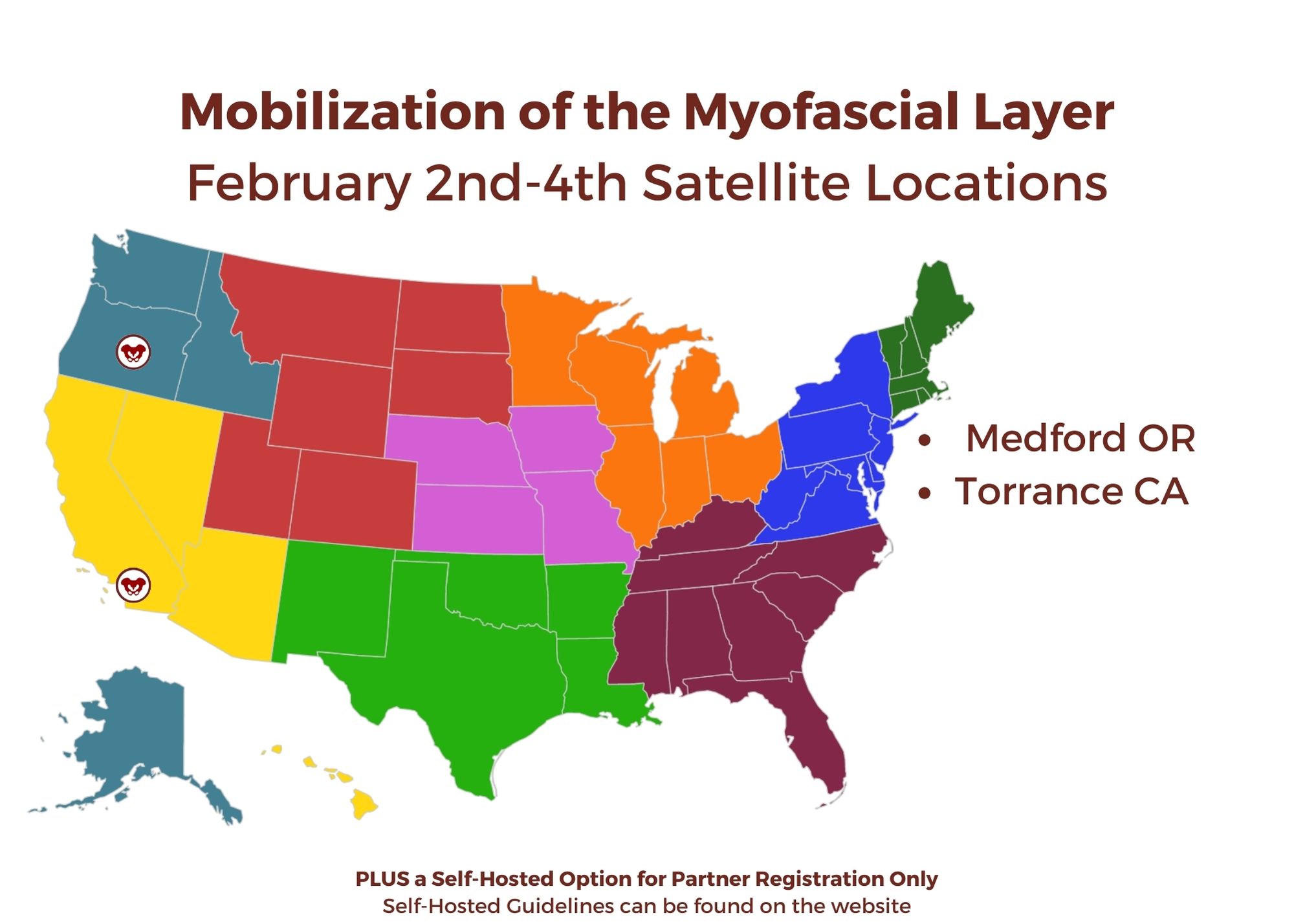The Top 5 Reasons to Learn Fascial Mobilization

Ramona Horton, MPT, DPT developed and instructs the visceral and fascial mobilization courses for HW and presents frequently at local, national, and international venues – including International Pelvic Pain Society, CSM and HWConnect - on topics relating to women’s health, pelvic floor dysfunction, and manual therapy. Join Ramona in her upcoming course, Mobilization of the Myofascial Layer: Pelvis and Lower Extremity this February 2-4, 2024.
1. Learn from Ramona Horton!
Ramona C. Horton MPT, DPT serves as the lead therapist for her clinic’s pelvic dysfunction program in Medford, OR. Her practice focuses on treating adults and children with urological, gynecological, and colorectal issues. Her PT career began in the US Army, and she has taken the military “mission first” mentality into her approach to patient care. Simply said, “Diagnosis is just a label, perform a comprehensive musculoskeletal evaluation and treat what you find”. For her many contributions to the field of pelvic health, Ramona was awarded the prestigious Academy of Pelvic Health Elizabeth Noble Award in 2020.
2. The myofascial course is a concepts course.
The whole idea of the myofascial course is to help clinicians learn to problem-solve. To learn some basic concepts of physiology and mobility testing to stop chasing the boo-boo, and instead find and treat the cause. Just because it hurts at the right SI joint, doesn’t mean that you should treat the right SI joint. Joint hypermobility is profoundly nociceptive, especially in a one-bone/two-joint scenario as the sacrum and SI joints. Consider the idea that pain may be generated on the right from hypermobility that is a result of hypo-mobility on the left. Which side should then be treated, the painful side or the stiff side? Let’s treat where the brain is protecting and guarding the tissue.
3. Understand the true function and mechanisms of manual therapy.
Manual therapy is presented as a concept and technique that does NOT “release” tight or bound fascia based on the skill or magic hands of the practitioner. The issue is not in the tissue, if the tissue is tight, it’s tight because the brain is keeping it that way. Muscles are marionettes, and the brain is the puppet master. Manual therapy utilizes the fascial system to access the nervous system. In other words, having a conversation with the brain over the tissue that it appears to be protecting while trusting that the homeostatic mechanism is functioning in the body. If this is done in a non-threatening manner, the brain will normalize the tissue it is holding and guarding.
4. Add a whole host of new tools to your practitioner toolbelt.
The myofascial course teaches basic screening techniques that will point you in the right direction toward finding where the body is protecting, not where symptoms are being expressed. You will learn a variety of techniques to approach different fascial layers including direct and indirect fascial stacking for superficial nerves within the panniculus, muscular, and articular restrictions, as well as indirect technique of positional inhibition for trigger points. In addition, the science behind basic neural mobilization, instrument-assisted fascial mobilization and fascial decompression (cupping) are presented.
5. Learn more about fascia, its origins, and its functions.
Fascia is EVERYWHERE throughout the body; it is the ubiquitous connective tissue that holds every cell together much like the mortar in a brick wall, in addition to cells, it connects every system in the body. Fascia contains a vast neurological network including nociceptors, mechanoreceptors, and proprioceptors just to name a few. The fascial system has multiple layers within the body: starting at the panniculus which blends with the skin, the investing fascia surrounding muscles and forming septae, the visceral fascia which is by far the most complex and the deepest layer of fascia, the dura surrounding the central nervous system extending to the peripheral nerves. All fascial structures, regardless of layer or location have their origin in the mesoderm of early embryologic development. The myofascial course presents evaluation and treatment techniques for three of the four fascial layers while the three visceral courses address the complex visceral fascial layer.

Mobilization of the Myofascial Layer: Pelvis and Lower Extremity
February 2-4, 2024
Price: $675
Experience Level: Intermediate
Contact Hours: 22.5
Medford, OR Satellite
Torrance, CA Satellite
Self-Hosted
HW Looks forward to seeing you in a future course!
By accepting you will be accessing a service provided by a third-party external to https://hermanwallace.com/







































